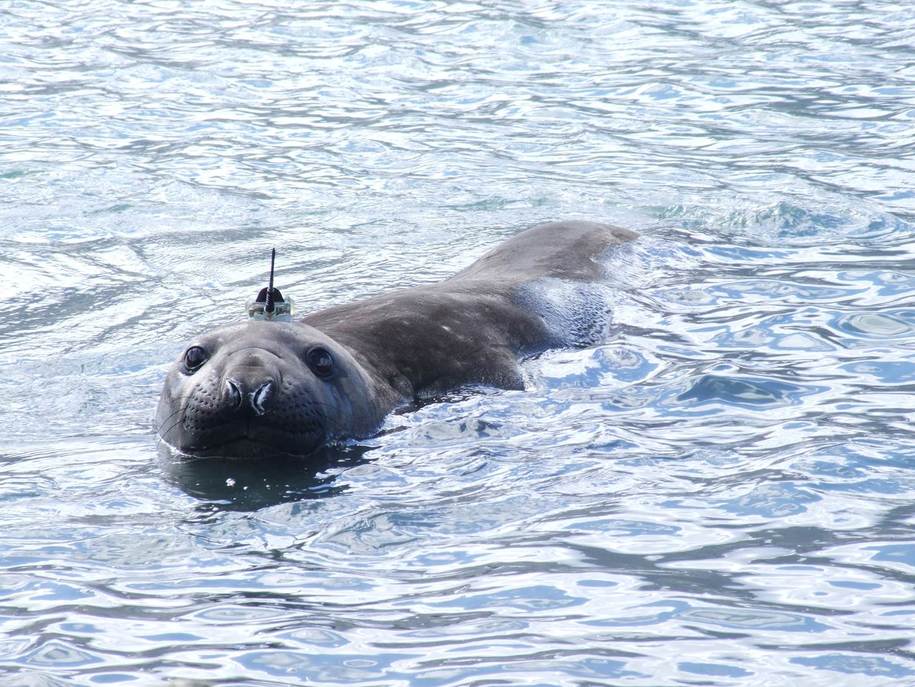“The first consequence of humanity’s escape from the Goldilocks Zone will be a widening temperature gap — an invisible but very real boundary that separates the cool from the suffering, the fortunate from the unfortunate.” Jeff Goodell
A new study from the California Institute of Technology has discovered a new meltwater flowing out of the Bellingshausen Sea. This little-studied body of water between the Antarctic Peninsula and South America plays a major role in melting the lower parts of the giant ice shelves in West Antarctica, particularly the Amundsen Gulf, which contains the Swates and Pine Island glaciers.
From the Caltech press conference:
Warming due to climate change is causing Antarctic ice shelves to melt rapidly. Most of the melting ice is coming from underneath the ice shelves, caused by warm water flowing under them. But the process doesn’t stop there: as the meltwater enters the ocean, it is carried by ocean currents along the Antarctic coast, altering the melting rates of ice shelves downstream. Mapping the pathways of these meltwaters is necessary to better understand and predict ice melt and the associated sea-level rise.
“We previously thought of ice shelves as isolated systems, but we now know that multiple ice shelves are connected by ocean currents along the Antarctic coast,” say researchers from the California Institute of Technology. Andy Thompsonthe John S. and Shelley Chen Professor of Environmental Science and Engineering. “What happens on one ice shelf changes processes on another. To accurately predict changes, we need to understand the domino effect ice shelves have on each other.”
For more than a decade, researchers in the Thompson Lab have been studying Antarctic waters using a combination of techniques. The new study, led by senior research scientist Merle Frekssas, analyzes data collected by underwater autonomous vehicles and seals equipped with sensors on their heads. Through these data, the team discovered a new flow of meltwater through an area known as the Bellingshausen Sea, on the side of Antarctica closest to South America.
“The Bellingshausen Sea is a little-studied region, but it’s where the warm waters from the Atlantic and Pacific Oceans first reach the ice shelf.” Ronald and Maxine Linde Center for Earth and Environmental Sciences Executive Director of Environmental Sciences. “As the ice shelves melt, the water becomes cooler and fresher, reducing the capacity for melting.”
The team identified two distinct pathways for meltwater emanating from different ice shelves: one that travels along the coast and may enhance melting of ice shelves downstream by trapping warm water in deep waters, and another that travels back to the open ocean.
Interestingly, the seal data revealed the presence of a previously unknown valley, or canyon, on the ocean floor, which the research team dubbed the “Seal Valley.”
Underwater features like seal troughs influence ocean currents in the same way that canyons on land direct the flow of rivers.
Thwaites winter damage.

There has been no media coverage of this horrific event in West Antarctica.


